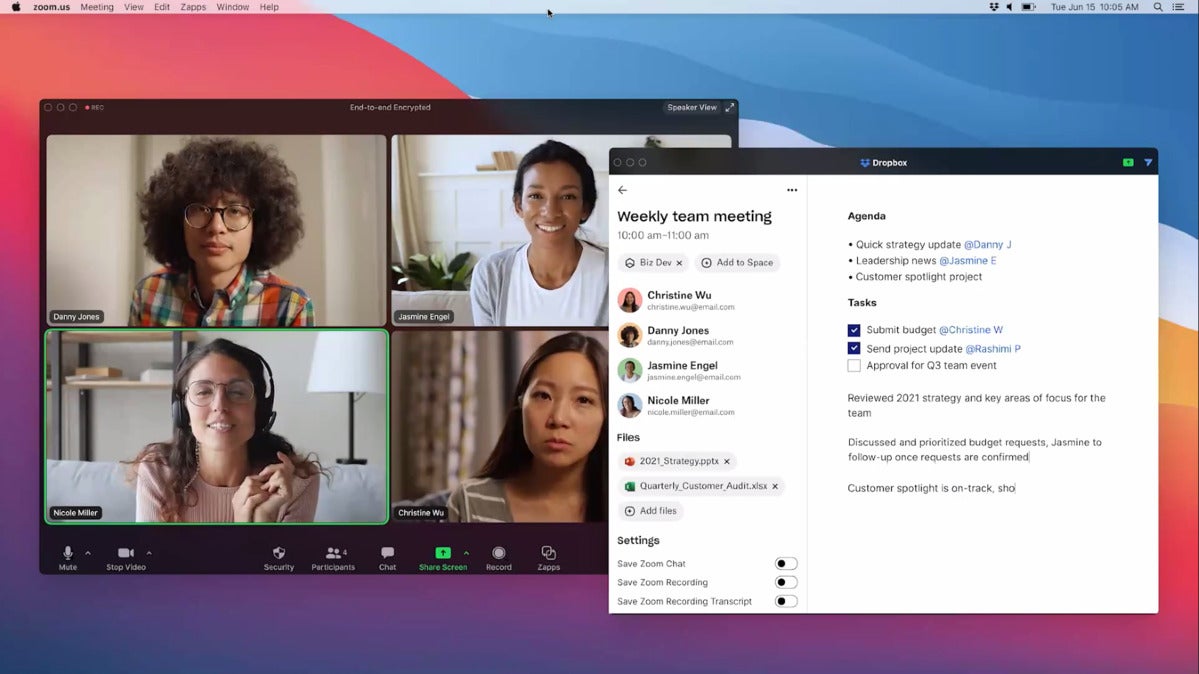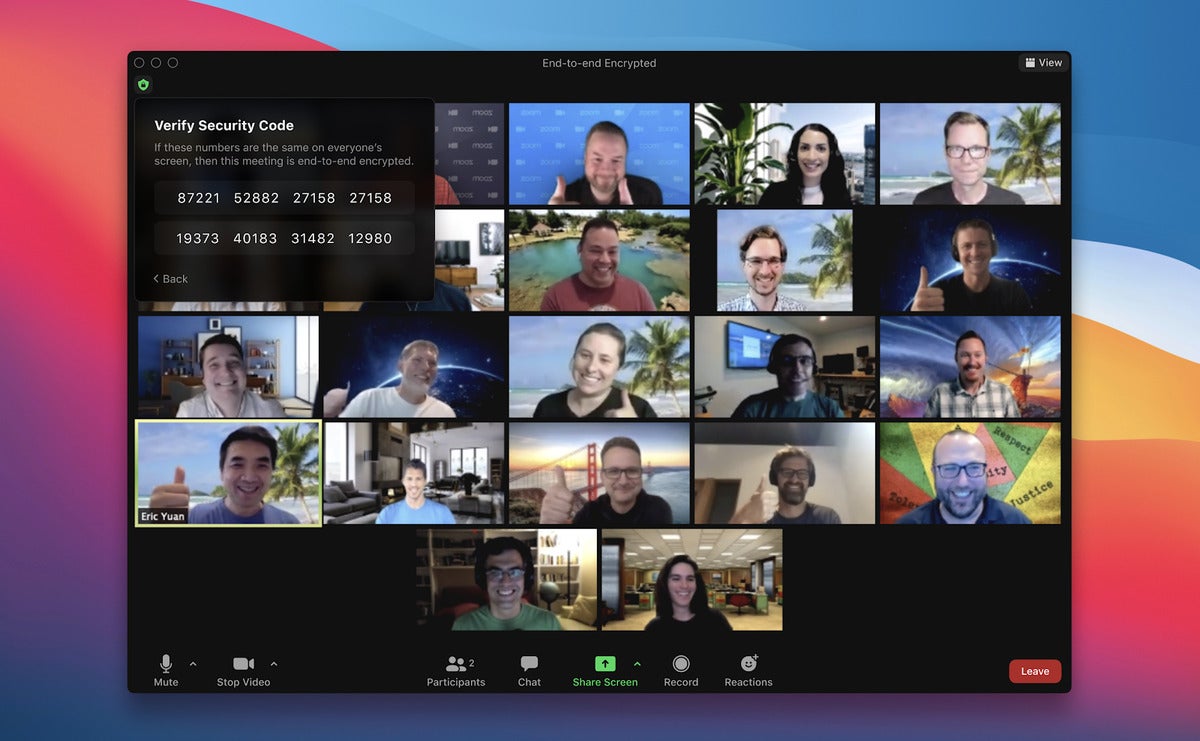Zoom looks to super-charge videoconferencing
As the COVID-19 pandemic continues to lurch on, Zoom announced a slew of new features to help improve its offering for remote workers.
At its fourth annual Zoomtopia event last week, videoconferencing platform Zoom unveiled a host of new features aimed at improving the in-meeting experience for its more than 300 million daily active participants.
With Europe bracing for a second wave and the U.S. still reporting hundreds of daily coronavirus deaths, the proliferation of virtual events and meetings remains a defining feature of 2020. Not surprisingly, Zoom says it’s adding 100,000 users per quarter and has seen a big jump in stock values this year.
The arrival of Zapps
The company highlighted its introduction of Zapps applications that can be used within Zoom to help improve productivity and create a more engaging experience.
RELATED: View the Matrix Warehouse webcam range available for a great Zoom experience whether it’s work-related or to say hi to a distant friend or relative.
According to Zoom, Zapps eliminates the need for users to switch between multiple applications on their desktop, allowing them to quickly streamline permissions, grant document accessibility, and collaborate on screen. The first Zapps will be distributed by the end of the year and open to developers shortly thereafter. Both free and paid Zoom users will have access to them.

Among the companies, Zoom has partnered with on Zapps are Coursera, Slack, ServiceNow, and Dropbox; one goal is to help users to build their own, personalized software stack that incorporates those companies’ tools.
Reducing the number of “screen swaps” between different apps can help make videoconferences feel more seamless, according to Wayne Kurtzman, research director for social and collaboration at IDC.
“Zoom is one of the winning companies in remote work this year and is making moves to both reduce so-called ‘Zoom fatigue’ and better integrate your workflow into Zoom meetings,” he said.
OnZoom for virtual events
In addition to unveiling Zapps, Zoom also touted its OnZoom online events platform. Because of the pandemic, virtual events have gained this year. (VCs who previously shunned the events industry are focused now on virtual event startups; many virtual event platforms are raising investment rounds of more than $30 million for the first time.)
Zoom has said its OnZoom platform will allow users to schedule and host one-time events, an event series, and drop-ins for up to 1,000 attendees, depending on a company’s Zoom license. Users will also be able to list and sell tickets which attendees can pay for using PayPal or major credit cards and share and promote public events via email and social media.
In effect, Zoom is making a bet that even after the pandemic subsides, the move toward virtual events won’t dissipate much as remote work is likely to remain an option even when workplaces are again safe for a return to work.
RELATED: View the Matrix Warehouse webcam range available for a great Zoom experience whether it’s work-related or to say hi to a distant friend or relative.
Enhancements, and E2E encryption, for video chats
Other announcements from the two-day virtual conference focused on providing more “immersive, secure, and collaborative experiences” for customers who spend large portions of their day on Zoom. Upcoming additions for Zoom Meetings, Zoom Phone, and Zoom Video Webinars include immersive scenes, new meeting reactions and animations, enhanced video waiting rooms, AI-enabled recording highlights, and background noise suppression.
Zoom Phone will bolster E911 access during emergencies, AI-powered spam detection is designed to block unwanted interruptions with support for up to 42 countries and territories.
Finally, the company is boosting security. After being criticized last spring for a variety of security weaknesses, Zoom is making end-to-end encryption available on both free and paid plans this month. After the security flaws were called, Zoom took a 90-day new-feature development break to address a number of issues affecting users not familiar with Zoom’s security settings.

Kurtzman said the benefits of Zoom’s approach created a strong CISO council and open-source solutions that could help the videoconferencing market as a whole.
With the new encryption in place, Zoom users will be able to host up to 200 participants in an end-to-end encrypted meeting. The rollout represents phase 1 of 4 of Zoom’s end-to-end encryption plans announced in May and is designed to help prevent the interception of decryption keys that could be used to monitor meeting content.
